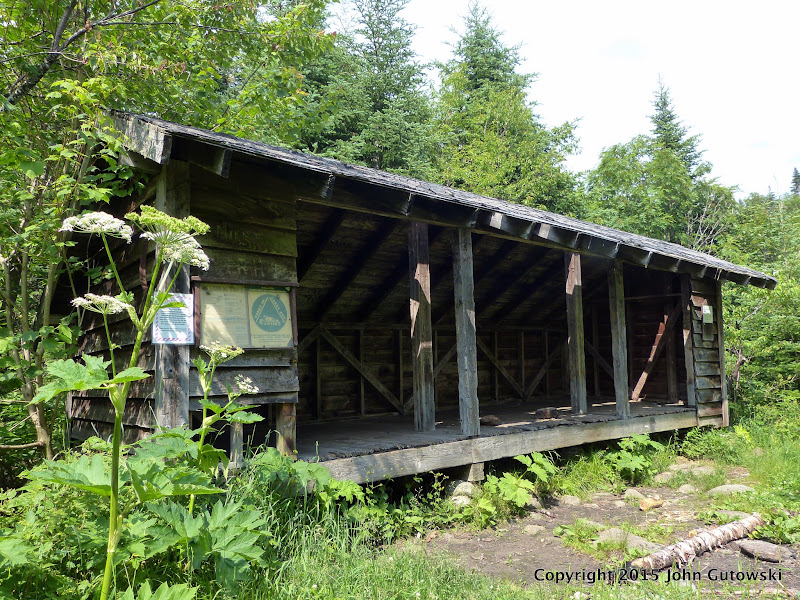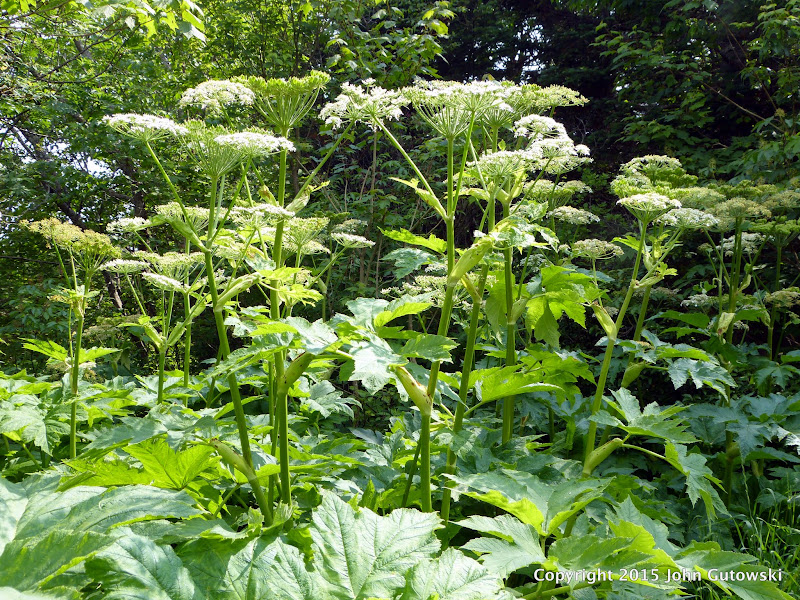Maineman
New member
While hiking Isolation yesterday, we visited the Dry River Shelter #2 where I was horrified to see a patch of Giant Hogweed (Heracleum Mantegazzianum) growing less than ten feet from the shelter opening.
Giant Hogweed is a NASTY toxic plant - the sap causes huge blisters and permanent scarring and a tiny amount in the eyes can cause blindness.
https://en.m.wikipedia.org/wiki/Heracleum_mantegazzianum
Doug Cygan, Invasive Species Coordinator with the NH State Department of Agriculture says, “It’s by far the worst plant pest when it comes to human health.”

Giant Hogweed is a NASTY toxic plant - the sap causes huge blisters and permanent scarring and a tiny amount in the eyes can cause blindness.
https://en.m.wikipedia.org/wiki/Heracleum_mantegazzianum
Doug Cygan, Invasive Species Coordinator with the NH State Department of Agriculture says, “It’s by far the worst plant pest when it comes to human health.”



